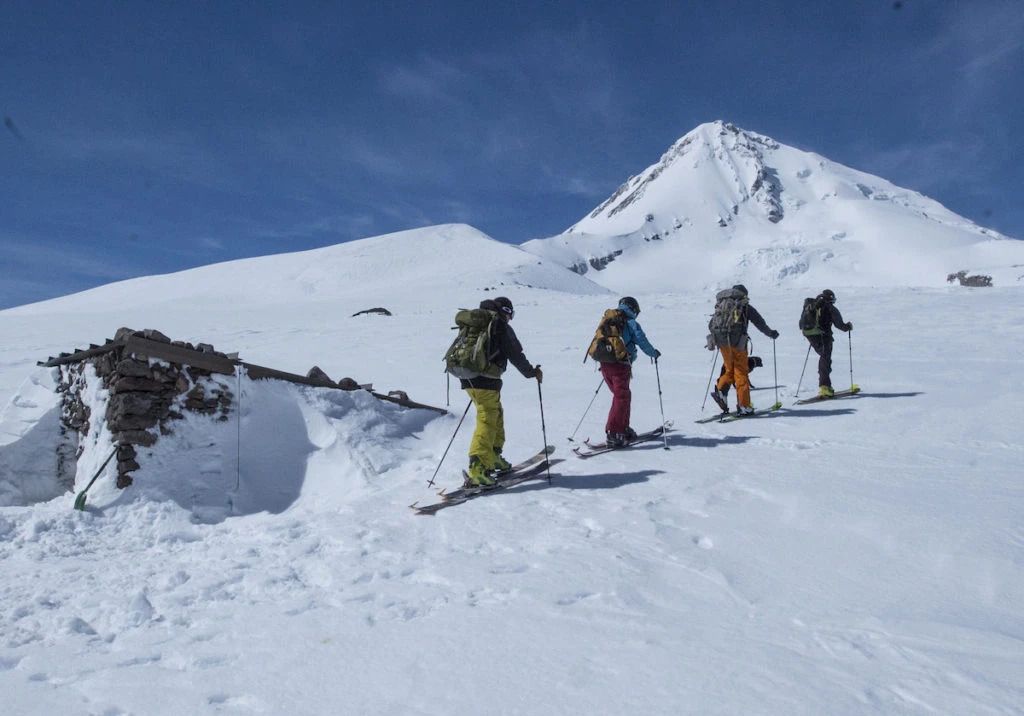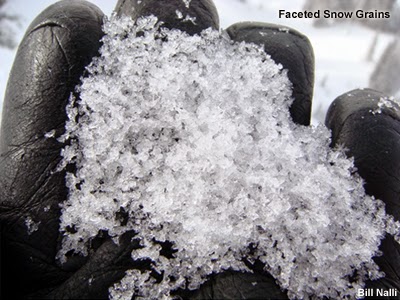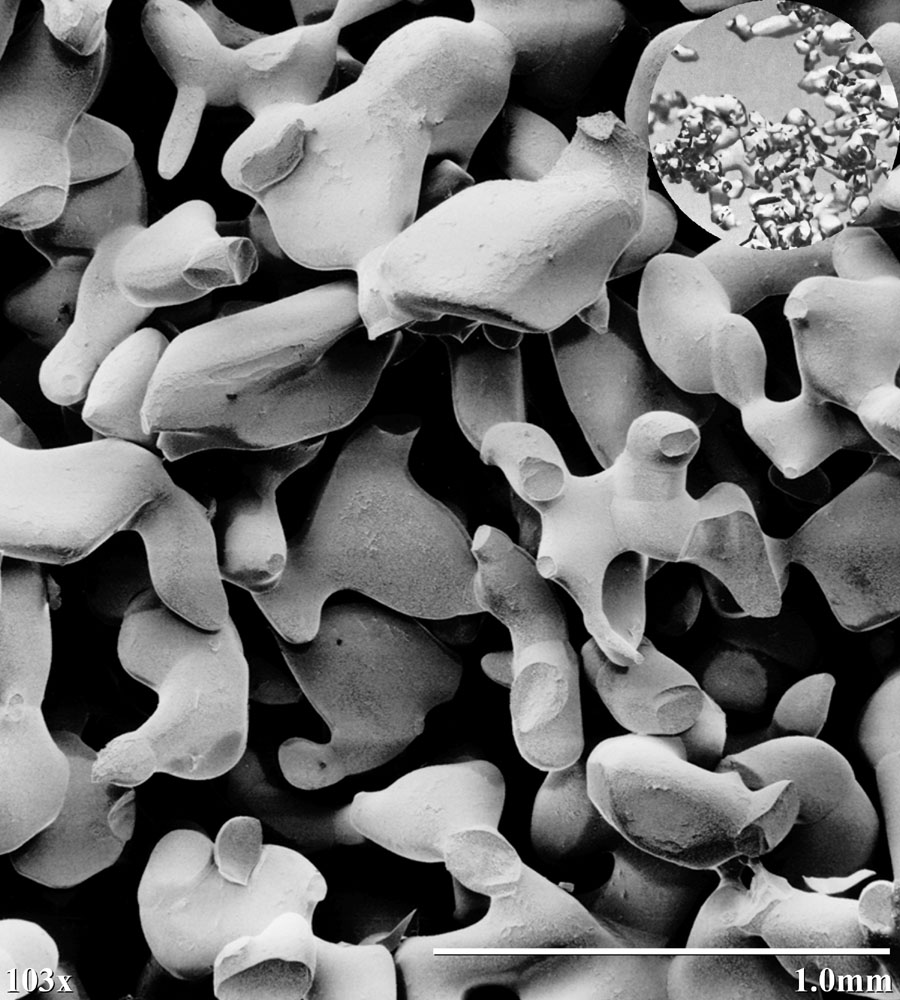
This is the second installment of a new series of mine, “Backcountry: Explained.” The goal of this series is to break down complex backcountry topics into digestible and easy-to-read writeups.
First writeup here: Backcountry: Explained | What Are Wind Slabs and How Do They Form?
As the sun gets higher in the sky and the temperature begins to rise, many skiers dread the end of their season. However, committed backcountry enthusiasts know that springtime is the best time of year to ski; a stable snowpack means more options to ski. But why does spring typically bring about more stable avalanche conditions? Let’s take a look.
When talking about avalanches and backcountry risk, the term “weak layer” seems to come up quite a lot. Weak layers cause deadly avalanches like persistent slabs and often incur severe risk to backcountry travelers in avalanche terrain.
First of all, what exactly is a weak layer? A weak layer is essentially a layer in the snowpack where the snow is weaker than its weaker relative surrounding layers. There are several different types of weak layers, but the ones primarily associated with temperature gradient are known as facets.
Facets are essentially very loose, dry, unconsolidated snow crystals. If you’ve never seen these crystals, they are terrible for making snowballs since the snow doesn’t stick to itself. Facets are a fairly common weak layer, yet they still catch dozens of backcountry recreationists by surprise each year.

So how exactly do facets correlate to avalanches? When a large slab forms on top of faceted snow, the facets get loaded with weight above them. Sometimes this loading is enough to trigger them naturally, but often not. The facets are actually rather strong when mass is gradually loaded on top of them. Think about carefully and slowly placing a book on top of four eggshells: they can hold the book’s weight. However, when a skier comes along, they are putting force on the snowpack very rapidly. In the eggshell analogy, this is like dropping that book from a three-story building onto the eggshells. The result? Shattered eggshells.
So facets are very unstable when weight is rapidly added to them. This is obviously quite problematic for backcountry recreation. So how exactly do facets form?
Throughout the entire winter, the ground stays at a near-constant 32ºF. The air, however, can dip far below 32ºF. What this creates is a temperature gradient. As long as the air is below 32ºF, the air near the ground will almost always be warmer than the air near the snowpack’s surface. Warm air can hold more moisture than cold air, meaning there is typically more water near the surface than there is in the air. The closer to the surface, the warmer the air, and therefore the more moisture there is. Just like anything else of high and low concentration, natural diffusion takes place here. Water from high moisture content areas lower in the snowpack travels up to the dry air near the surface. The effect that this has is drying out the snow that is high in moisture content. Without the necessary moisture that the snow crystals need to bond together and strengthen, the crystals are left loose and very problematic.
It is important to note that snow doesn’t need to be near the surface to facet. There is a specific formula that is used to determine if faceting is occurring in the snowpack. For every 10cm of snow, if there is a temperature difference of 1ºC or more, the temperature gradient is large enough that a vapor pressure gradient forms and faceting occurs. This can occur at any height in the snowpack, not just near the surface.
Well, temperature gradients sure suck, you may be thinking. But not always! In the springtime, temperature gradients can work in your favor as well. If the temperature gradient in a 10cm segment of the snowpack is ≤1C, faceting is not occurring. In fact, moisture is abundant in the snow, and the opposite occurs! The moisture bonds the snow crystals together and makes the layer cohesive, increasing stability! So in the spring, with warm temperatures and sunny skies, the opposite of a faceting pattern occurs; the warm, moist air from the top of the snowpack moves with the temperature gradient towards the ground, rounding the faceted grains and increasing the stability!

However, don’t let spring’s gradually strengthening snowpack catch you by surprise. Other avalanches, like loose wet, wet slabs, and glide avalanches become more prevalent and easy to trigger with warmer temperatures. So where warmth and sunshine increase snowpack stability in some respects, it also decreases it in others. Always ski the backcountry with partners, avalanche safety gear, and education.
Have a question about backcountry safety concepts? Comment it down below, and we’ll answer it on the next part of Backcountry: Explained!